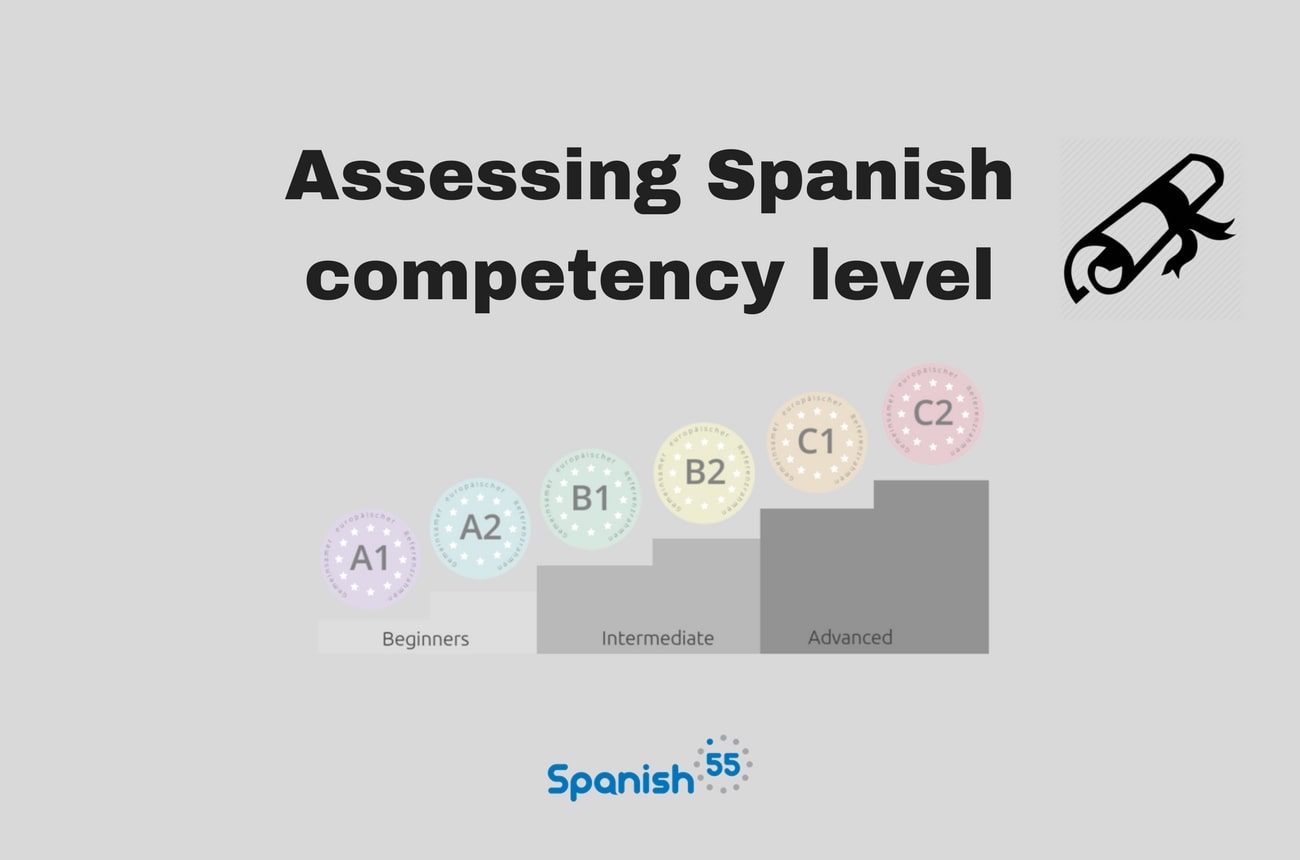Whale Watching in Magdalena Bay
Magdalena Bay, jewel of the Pacific, is sometimes referred to as Mexico's Chesapeake. Boasting some of the most productive fisheries in all of Mexico, Magdalena Bay is not only important for small-scale fisheries, but also as an epicenter for the conservation of habitat and endangered species. This wealth of natural treasures has helped Magdalena Bay gain recognition as a world-class destination for wildlife viewing. Each year, from December to March, gray whales migrate south from the rich feeding grounds of the Bering Sea to the inlets along the Pacific coast of the Baja California peninsula. Many of these whales enter into the protected waters of Magdalena Bay to mate and calve. The females remain towards the end of March, preparing their young for the long journey back north. Magdalena Bay is one of the most incredible places on the planet to observe gray whales, often providing up-close encounters that bring humans and whales together for truly memorable experiences. Once you've locked eyes with a gray whale or had a gray whale calf playfully splash you, you'll never look at mammals the same way.

Photo Credit: RED Travel México
Magdalena Bay is also a place where endangered black sea turtles feed off abundant seagrasses, and where leatherbacks, hawksbills, and olive ridleys can be encountered. It is also one of the communities where the Grupo Tortuguero de las Californias pioneered a project to study and protect endangered black sea turtles. It is the local fishermen, some of them who once poached sea turtles, who lead these efforts, capturing sea turtles to take down data and track their movements before releasing them back into the wild.
Our friends at RED Travel México can put you right into this incredible natural space to observe gray whales up close and participate in sea turtle monitoring with local fishermen. RED Travel's co-founder Chris Pesenti described to us how RED is unique as a travel company in the way they finance sea turtle monitoring and other conservation activities through tourism. He also explained how they launched a non-profit organization to leverage their tourism expertise to train individuals and incubate family micro-enterprises in the region. RED Travel's gray whale and sea turtle camp is a great place to experience one of Mexico's true natural wonders. It's also a great environment to practice Spanish, whether in an impromptu cooking class, on the boat with a local fishermen, or a late night card game around the fire with camp staff. Visit www.redtravelmexico.com and contact Chris to learn more about visiting Baja California Sur.
Disclaimer: Spanish55 is not receiving commissions from the above. Information is shared only to assist our readers. We recommend services that we have researched or that close friends and family have experienced. The content of this blog is not to be copied, adapted or shared without the written consent of Spanish55.












